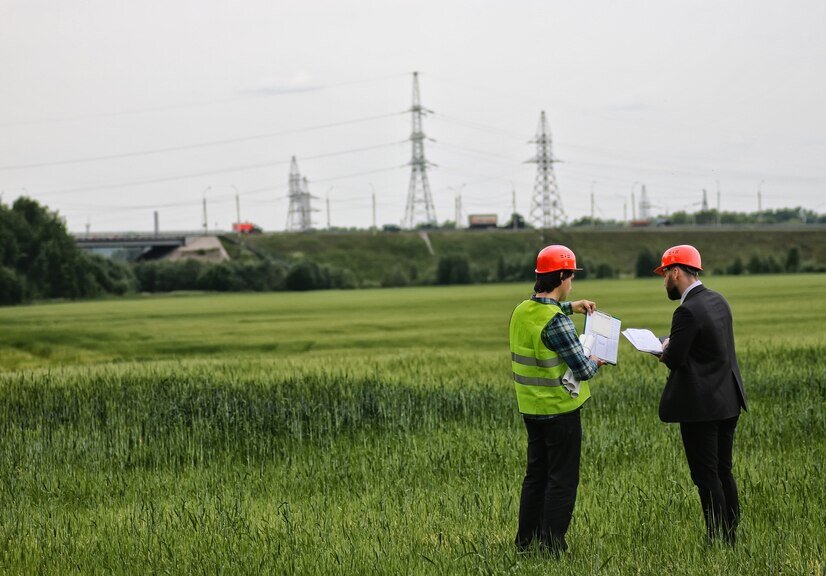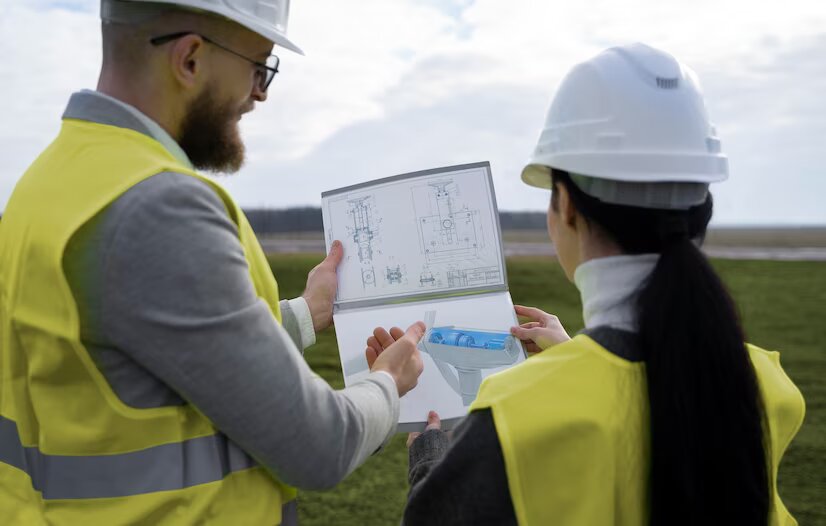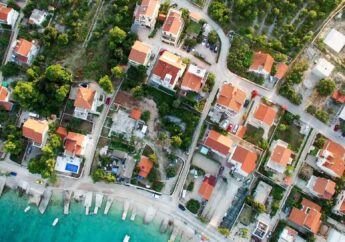What Is A Phase 1 Environmental Site Assessment & The Benefits
by Abdul Aziz Mondal Real Estate Published on: 06 June 2023 Last Updated on: 12 May 2025

A Phase 1 Environmental Site Assessment or ESA is a systematic investigation done for evaluating as well as analyzing the environmental condition of a site or property. On purchasing or leasing commercial property, you would never want to get hit with several unpredicted costs. However, this continues to happen every now and then.
As a result, the Phase 1 ESA investigation is usually performed as a subdivision of the due diligence procedure, especially when there are real estate transactions or property development taking place. It helps in uncovering any possibility of hazardous conditions present on a site that might threaten the environment or even human health.
Advantages Of Conduction Of A Phase 1 Environmental Site Assessment

The key purpose of conducting the Phase 1 ESA is to determine any potential or existing environmental contamination or liabilities related to a property. Here are the benefits of conducting it:
Risk Identification
A Phase 1 ESA helps identify possible environmental liabilities as well as risks associated with a property. It assesses the historical use of the property, nearby properties, and surrounding areas to determine if any hazardous substances or activities may have occurred which could have resulted in contamination. Identifying these risks early on allows for informed decision-making and risk management.
Legal Compliance
Conducting the Phase 1 ESA helps ensure compliance with environmental regulations and laws. Assessing the property’s environmental history and current condition helps property owners and buyers demonstrate their commitment to environmental due diligence and compliance. This can help avoid potential legal issues and liabilities that are associated with environmental contamination.
Protection Of Investments
It also helps protect investments in real estate or property development projects. The Phase 1 ESA can identify prospective environmental risks, thus enabling buyers, lenders, and investors to make decisions about the property. If significant contamination or liabilities are identified, it allows parties to assess the potential liabilities and costs associated with clean-up and remediation before finalizing a transaction.
Financing And Insurance
Many lenders require a Phase 1 ESA as part of their due diligence process before providing financing for a property purchase or development. It provides assurance to lenders that the property is free from significant environmental risks that could affect the property’s value or result in costly remediation in the future. Additionally, the Phase 1 ESA can help in obtaining environmental liability insurance coverage, providing protection in case of unexpected environmental issues.
Environmental Stewardship
Conducting a Phase 1 ESA demonstrates a commitment to environmental stewardship and responsible business practices. It allows property owners and buyers to identify and address potential environmental issues proactively, minimizing the impact on the environment and neighboring communities. This commitment to environmental responsibility can enhance a company’s reputation and support sustainable business practices.
Due Diligence Documentation
The Phase 1 ESA provides documented evidence of the due diligence conducted regarding the environmental condition of a property. It includes a comprehensive report detailing the site assessment findings, historical research, interviews, and site visits. This documentation can be used for legal purposes, negotiations, and future reference, providing a clear record of the property’s environmental status at a specific point in time.
What Does A Phase I ESA Consist Of?
The “Phase-I environmental site assessment” typically includes a historical review of the commercial property along with its on-site inspection. Here are the things that are usually included in a phase 1 ESA:
The Site’s Past Review
During the inspection, it is more likely that your consultant will have an overview of the past records of the property. The historical review leads to discovering any previous activities that can pose a possible threat to those working on the site. In order to gain a comprehensive understanding, the environmental consultant might have to conduct a few detective activities. The records your consultant review during the investigation may include the following:
- Property tax records
- Regional surveys of historic resources
- Records of property ownership
- Aerial visuals of the property
On-site Inspection
Along with reviewing the past historical records, the environmental analyst will further perform a thorough examination of the site as well as its adjoining areas. While carrying out the on-site inspection, he/she will take a walk around the entire property to check for any visual signs of contamination or waste. This might include:
- Unusual substances or garbages in the soil
- Unnoticed odors
- Proofs of leaks or spills
- Dead and stinking vegetation
- Former storage tanks
Reports Of Inspection And Subsequent Recommendations
After the Phase I ESA gets completed, your consultant is most likely to offer you a clear, easily understandable, and concise report of his findings along with subsequent recommendations. This report usually consists of the work summary along with the details of the hazardous and unnatural substances discovered. With the help of these recommendations and findings, you can conclude an informed decision regarding your property.
The Overall Cost Of Performing A Phase I ESA
Now that you got an overall idea about what is Phase I ESA, you might be wondering what will be the costs incurred for this operation. In maximum situations, the price of Phase I environmental site assessment ranges somewhere around $2,000- $5,000. But, its cost might vary on other factors as well. For example, what is the site size, or which environmental consultant you hire?
It is important to remember that the total cost of this inspection must not be the only factor in deciding which environmental consulting agency you will choose. While comparing services and prices, make sure you know how long it takes for them to complete a project, what things they generally include in the assessment report, and, most importantly, what their qualifications are.
Conclusion
In summary, the Phase 1 Environmental Site Assessment is a crucial step in evaluating the environmental condition and potential risks encompassing a designated property. It helps identify environmental liabilities, ensure compliance with regulations, protect investments, secure financing, demonstrate environmental responsibility, and provide documented evidence of due diligence. By conducting it, property owners and buyers can make thoroughly-thought decisions, manage risks effectively, and protect their interests and the environment.
Read Also:



































































































